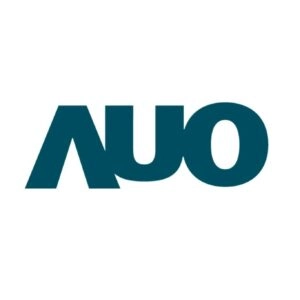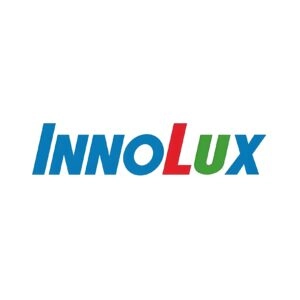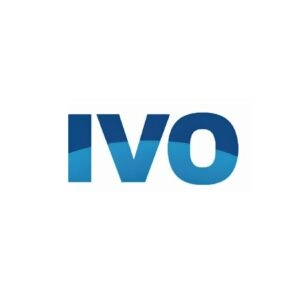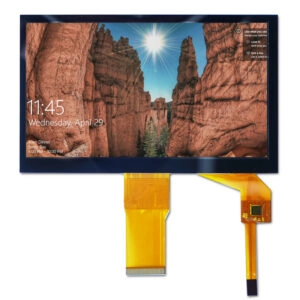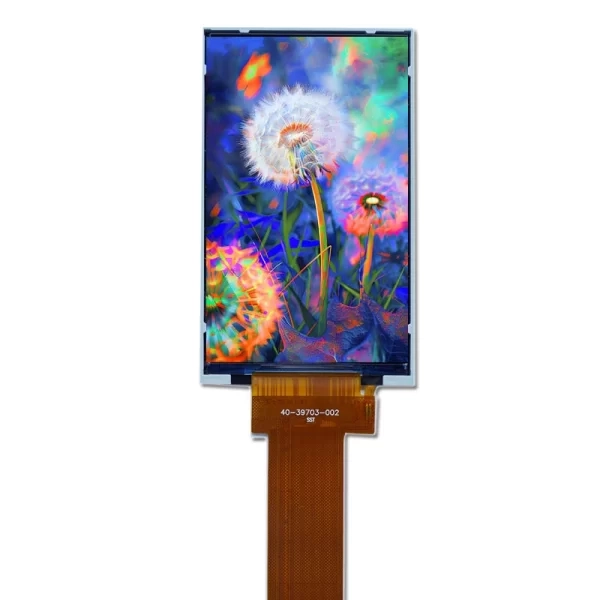In the shifting scene of industrial display tech, the discussion about IPS and OLED panels still directs picks for system creators, machine builders, and automation pros. From sturdy control screens in plants to precise monitors in health centers, selecting the proper display directly changes work speed, cuts downtime, and boosts long-term returns. This complete review of IPS against OLED tech hands industrial staff solid facts. These help line up display choices with tough environment demands.
As sectors advance to smarter, tougher setups, grasping basic differences in output, toughness, and setup turns vital. Miqidisplay, a leading manufacturer and supplier of high-quality LCD, TFT, and OLED panels, focuses on made-to-order answers that place dependability first. With factories approved under TS-16949, ISO-9001, and ISO-14001 rules, Miqidisplay covers more than 200 countries and areas. And they achieve timely shipping for special orders.
Understanding IPS and OLED Technology
IPS Displays
IPS, or In-Plane Switching, marks a developed stage in TFT LCD tech. Liquid crystal parts align sideways here. This arrangement creates balanced light flow. And it brings strong color match plus small shift across view angles. Industrial-class IPS panels from sources like Miqidisplay get designed for severe places. They manage temps from -30°C to +85°C. Brightness reaches up to 1500 nits. So they work well outdoors. Typical life exceeds 70,000 hours without loss. Such features set IPS as a core choice for tasks that need reliable view and firm structure. For instance, HMI panels in automated assembly lines.
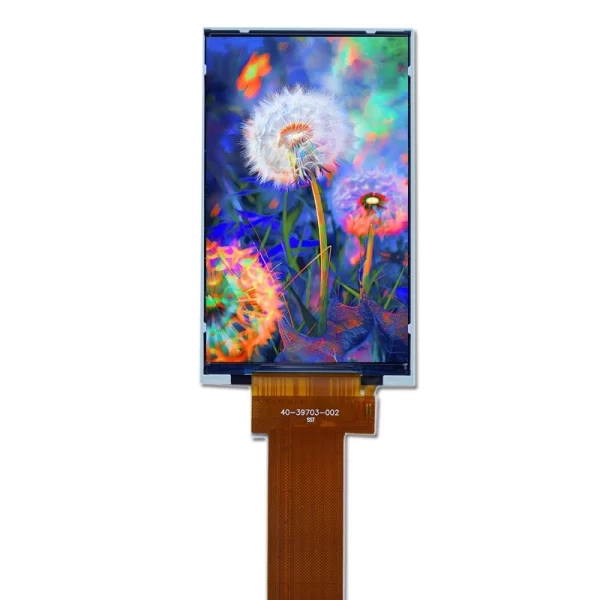
Miqidisplay’s IPS TFT series includes items like the 10.1-inch high-brightness model. It includes capacitive touch and broad voltage support (9-36V DC). These layouts allow easy placement into industrial cases. Plus they shorten setup time for OEMs.
OLED Displays
OLED tech relies on organic materials that light up with current. It removes any backlight need. This self-lighting quality provides unlimited contrast via true black tones. Individual pixels can switch off completely. The effect is bright images with excellent dynamic range. And it fits compact, powerful impact screens. Yet organic elements create weak spots. Lifespans fall between 30,000 to 50,000 hours. Burn-in dangers rise from extended static pictures. Brightness peaks at 500-700 nits. That restricts use in well-lit areas.
Miqidisplay supplies flexible OLED variants. Examples cover 1.3-inch monochrome modules for embedded sensors. And 2.42-inch AMOLED units with 576×672 resolution. They address unique industrial demands. Such as portable test devices. Slim profiles under 1mm permit fresh designs. However, OLED’s temp range (-20°C to +70°C) curbs broader use in harsh industrial zones.
Performance Comparison: IPS vs OLED
A thorough review highlights obvious trade-offs between IPS and OLED. Especially in areas crucial for industrial dependability. The table below lists main specs from typical industrial-grade panels:
| Feature | IPS | OLED |
|---|---|---|
| Color Accuracy | Excellent (ΔE < 2) | Exceptional (ΔE < 1) |
| Viewing Angles | 178° Horizontal/Vertical | 178° Horizontal/Vertical |
| Contrast Ratio | 1000:1 | Infinite |
| Response Time | 4–5 ms | 0.1–1 ms |
| Brightness | Up to 1500 nits | 500–700 nits |
| Power Consumption | Stable (5-10W for 10″) | Varies (lower for dark content) |
| Burn-in Risk | None | Possible |
| Cost | Lower ($50-150 per unit) | Higher ($100-300 per unit) |
| Lifespan | Up to 70,000 hours | 30,000–50,000 hours |
| Flexibility | Rigid Glass | Flexible, Bendable |
IPS leads in brightness and endurance. Those count for 24/7 tasks. OLED stands out in contrast and quickness for moving content. For producers expanding lines, IPS’s price edge and no burn-in lead to fewer changes. That reduces overall ownership costs by up to 40% over five years.
Industrial Application Considerations
Installing displays in industrial settings requires careful review of surroundings and operation needs. Durability ranks highest. IPS panels maintain function in constant-run situations. For example, SCADA systems that track energy supply. Breaks there might stop activities costing thousands per hour. Strong brightness in IPS guarantees clear reading under straight sunlight. This matters for outdoor kiosks in shipping yards.
Temperature handling also prefers IPS. It keeps working through vibrations, dust, and heat swings in oil and gas sites. Price studies reveal IPS offers a stronger life-to-cost balance. That attracts cost-aware builders. In contrast, OLED matches specific jobs. Such as flexible screens in wearable repair tools. Portability there outweighs lasting power.
Miqidisplay’s tailor-made options include anti-glare layers and optical bonding. They improve resilience for both types. More than 90% of orders receive customization for particular industrial limits.
Real-World Industrial Use Cases

Transportation Systems
In train and flight control rooms, IPS displays rule because of their toughness and sunlight resistance. Take station info boards using Miqidisplay’s 15.6-inch IPS modules. They deliver sharp, instant updates. And they endure 24/7 contact without fading. OLED appears rarely in luxury cabin entertainment. Yet brightness caps reduce its outdoor value. This reinforces IPS’s advantage in transport reliability.
Energy Monitoring
Power stations and renewable energy sites depend on IPS for panels that follow grid balance. OLED’s burn-in flaw disqualifies it from fixed meter displays. IPS’s consistency protects vital systems.
Healthcare Equipment
Operating rooms and patient screens choose IPS for accurate color output. It supports precise diagnoses. Miqidisplay’s medical-grade IPS products provide broad angles for team viewing. They follow strict cleanliness norms. OLED gains ground in portable ultrasound machines. It exploits flexibility for user-friendly forms. Though lifespan issues require regular adjustments.
Industrial Automation
Plant HMIs and robot interfaces pick IPS for its resistance to EMI and physical strain. OLED’s role stays limited to handheld controllers. Swift response times improve operator performance in brief periods.
Which Display Should You Choose?
Decision guides simplify selection by key needs:
- Continuous 24/7 Use: IPS – Reliable for endless plant floors.
- Sunlight Readability: IPS – High nits guarantee sight in open sites.
- Extreme Temperature Performance: IPS – Broad range fits severe locations.
- Portable Ultra-Thin Design: OLED – Supports small, bendable models.
- No Risk of Burn-in: IPS – Perfect for fixed industrial data.
- Maximum Contrast for Handhelds: OLED – Enhances clarity in mobile devices (with protection steps).
Integrators ought to trial Miqidisplay’s samples to confirm match. This secures alignment with EMC and IP-rated enclosures.
Future Trends in Industrial Display Technology
Advancements in IPS
IPS advances with nano-texture surfaces to lower glare and quantum-dot additions for 95% DCI-P3 coverage. Miqidisplay invests in expanded temp models (-40°C to +90°C). Plus haptic touch features. This positions IPS as the foundation for edge AI displays in forecast maintenance.
Emergence of OLED Innovations
Stable organic coatings extend OLED life to 60,000 hours. Micro-lens arrays lift brightness to 1000 nits. Flexible versions target curved HMIs in vehicle assembly. However, price cuts remain essential for industrial spread.
The Rise of Hybrid Solutions
Hybrids combine IPS backlights with OLED emitters. They produce 2000:1 contrast in stiff forms. As patents develop, these blends might upset standard choices by 2030.
Conclusion
IPS tech holds command in industrial zones. It delivers unmatched endurance, thermal toughness, and cost savings for critical setups. From transit hubs to automation areas, IPS panels reduce interruptions. They secure fluid operations. OLED, while appealing for its contrast and build, works best in light-duty, high-visual roles. It includes upkeep requirements.
This IPS versus OLED study supplies engineers with a structure to refine choices. It considers usage patterns and budgets. Miqidisplay’s lineup, from rigid IPS to flexible OLED, aids custom integrations that raise system efficiency.
Frequently Asked Questions (FAQ)
- Why do many industrial users prefer IPS over OLED displays?
IPS displays offer superior toughness, color stability, higher brightness, wider temp ranges, and longer lives. This suits them for constant 24/7 settings in production, transit, and energy areas. - Can OLED displays be used in industrial environments?
OLED displays suit targeted industrial situations that highlight compactness, flexibility, or excellent contrast. Temperature sensitivity, lower toughness, and burn-in risk restrict their role in ongoing operations. - Are there hybrid display solutions available?
Emerging hybrids blend IPS and OLED components to combine durability with visual strength and flexibility. Adoption remains slow in industrial fields. It awaits further progress. - How does sunlight readability compare between IPS and OLED?
IPS outperforms OLED in lit conditions. It achieves 1500 nits for prime outdoor clarity. OLED caps at 700-nit max. - Is there any maintenance difference between IPS and OLED displays?
IPS demands minimal service thanks to its ruggedness and lack of burn-in. OLED requires careful oversight to avoid image retention and organic decay.
Partner with Miqidisplay: Tailored Display Solutions for Industrial needs
As a premier manufacturer and supplier, Miqidisplay provides customized IPS and OLED modules with fast prototyping and global reach. Contact the sales team at mary@miqidisplay.com or begin live chat for discussions on incorporating high-brightness IPS for control panels or flexible OLED for portable diagnostics. Improve operations—request a quote today to explore volume pricing and certification-matched solutions.
